7 Unique Ornamental Trees For A One-Of-A-Kind Landscape
Ornamental trees provide so many benefits, both practical and heartfelt. Our in-house tree expert has some great recommendations.
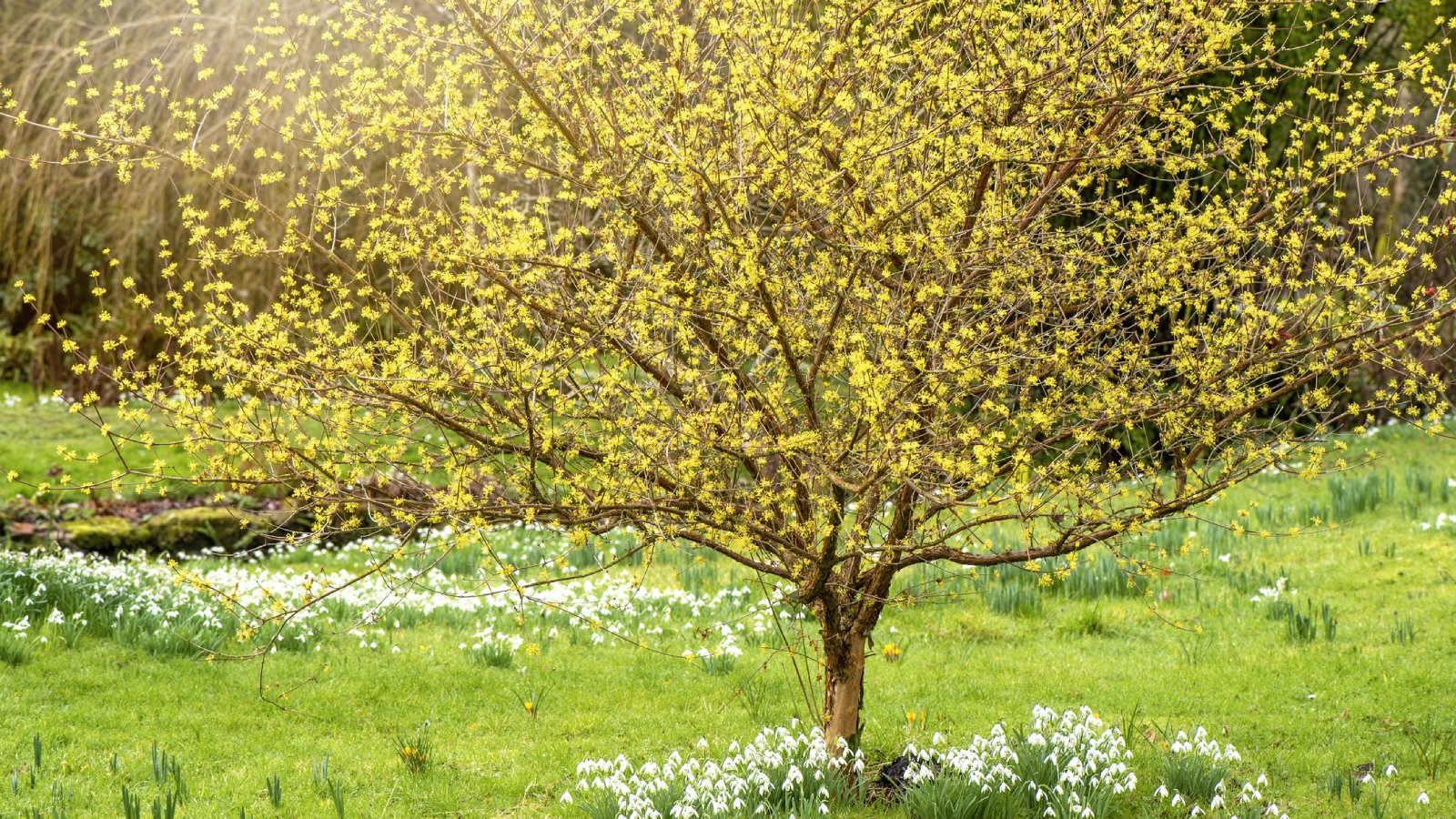

In my book, every tree is a treasure, and I tend to love the ones I grew from seeds or transplants more than the rarest and most expensive alternatives. However, if you are making careful tree selections for a limited landscape, uncommon and unique trees add a fascinating focal element to your backyard.
Unique Ornamental Trees
There are more than a few unique trees that make a real statement in the landscape. We’ve selected a handful of decorative tree options that are especially appealing for specimen trees. They range from a soaring deciduous redwood to a white-flowering small tree perfect for smaller gardens.
1. Dawn Redwood
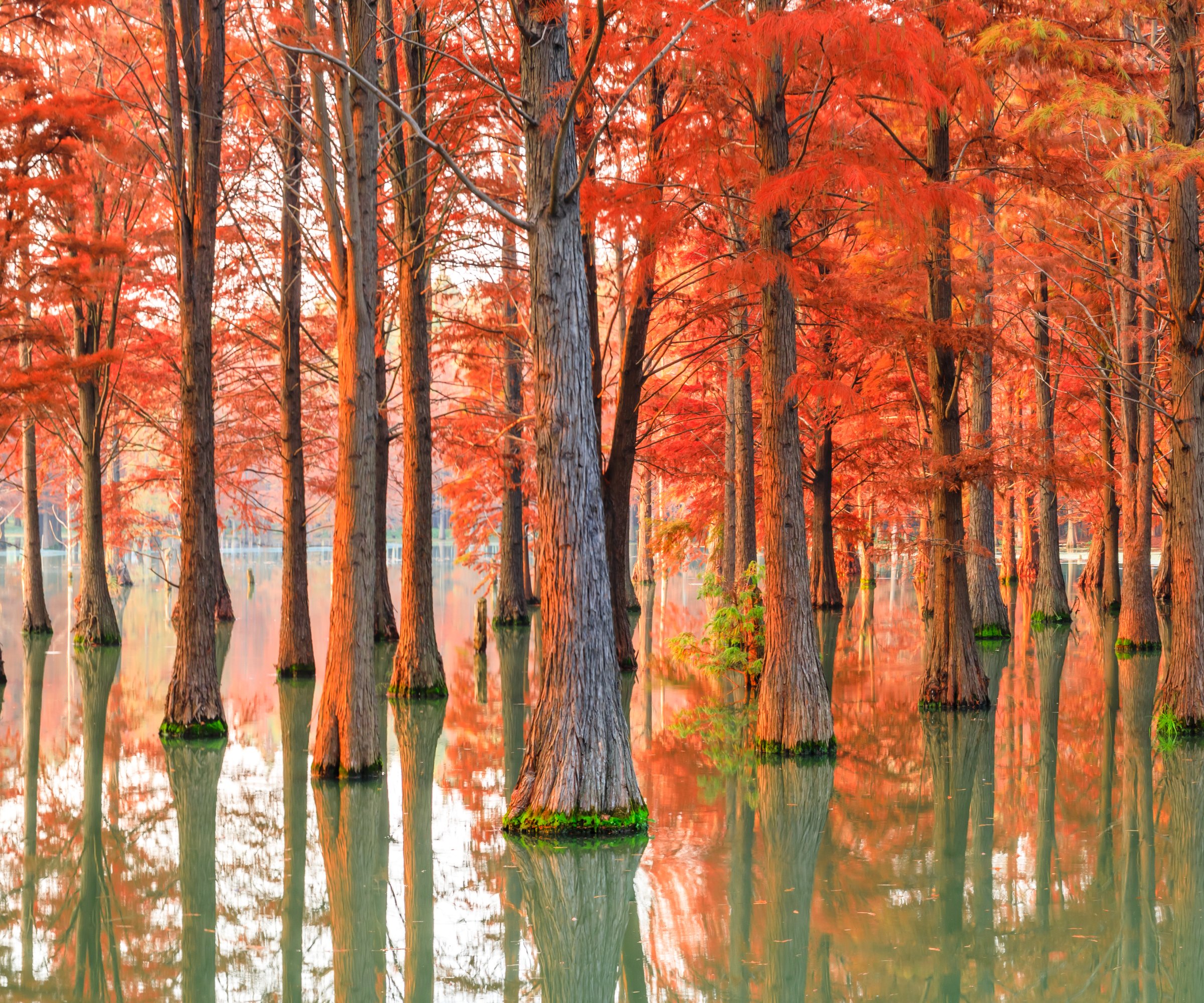
- Botanical name: Metasequoia glyptostroboides
- USDA zones: 4-8
- Height: to 80 feet (28 m)
This redwood “came back from the dead” in an amazing part of botanical history. Dawn redwood was considered extinct for decades, and the tree was only known through fossil records. But in 1945, a botanist discovered some of this species in a remote area in China. Seeds were gathered and distributed, and now these fast-growing, deciduous redwoods are found in botanical gardens around the globe. This pyramidal tree has feathery needles as foliage. It leafs out early and holds onto its foliage well into fall.
2. Paperbark Maple
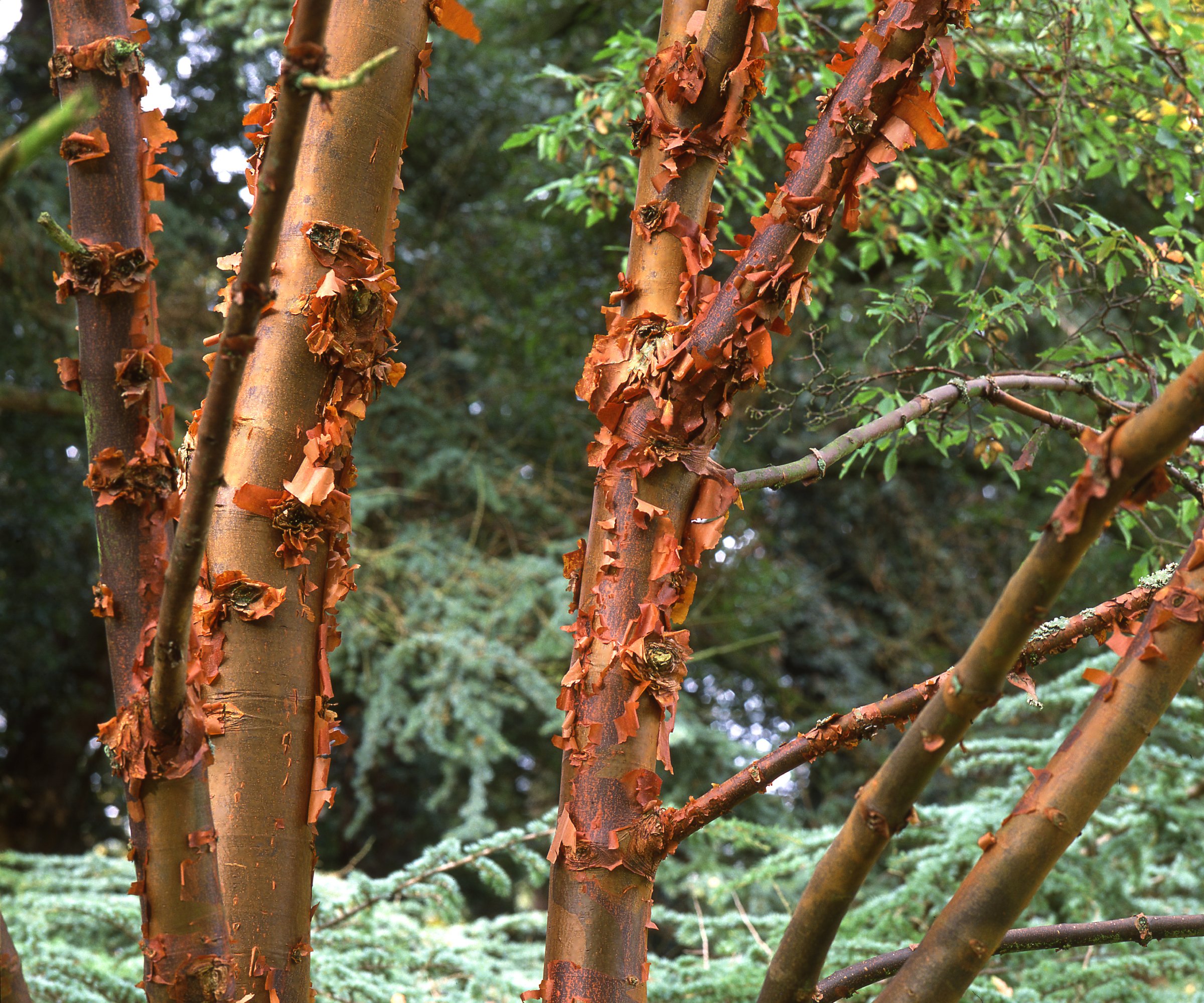
- Botanical name: Acer griseum
- USDA zones: 4-7
- Height: to 25 feet (8.3 m)
I love maples, with their peeling bark and pretty fall color. But the paperbark maple is exceptional in both categories. This small tree has open branching that allows you to admire the trunk as its bark exfoliates in paperlike strips. Beneath is penny-colored bark that lights up the landscape in winter.
3. Amur maackia
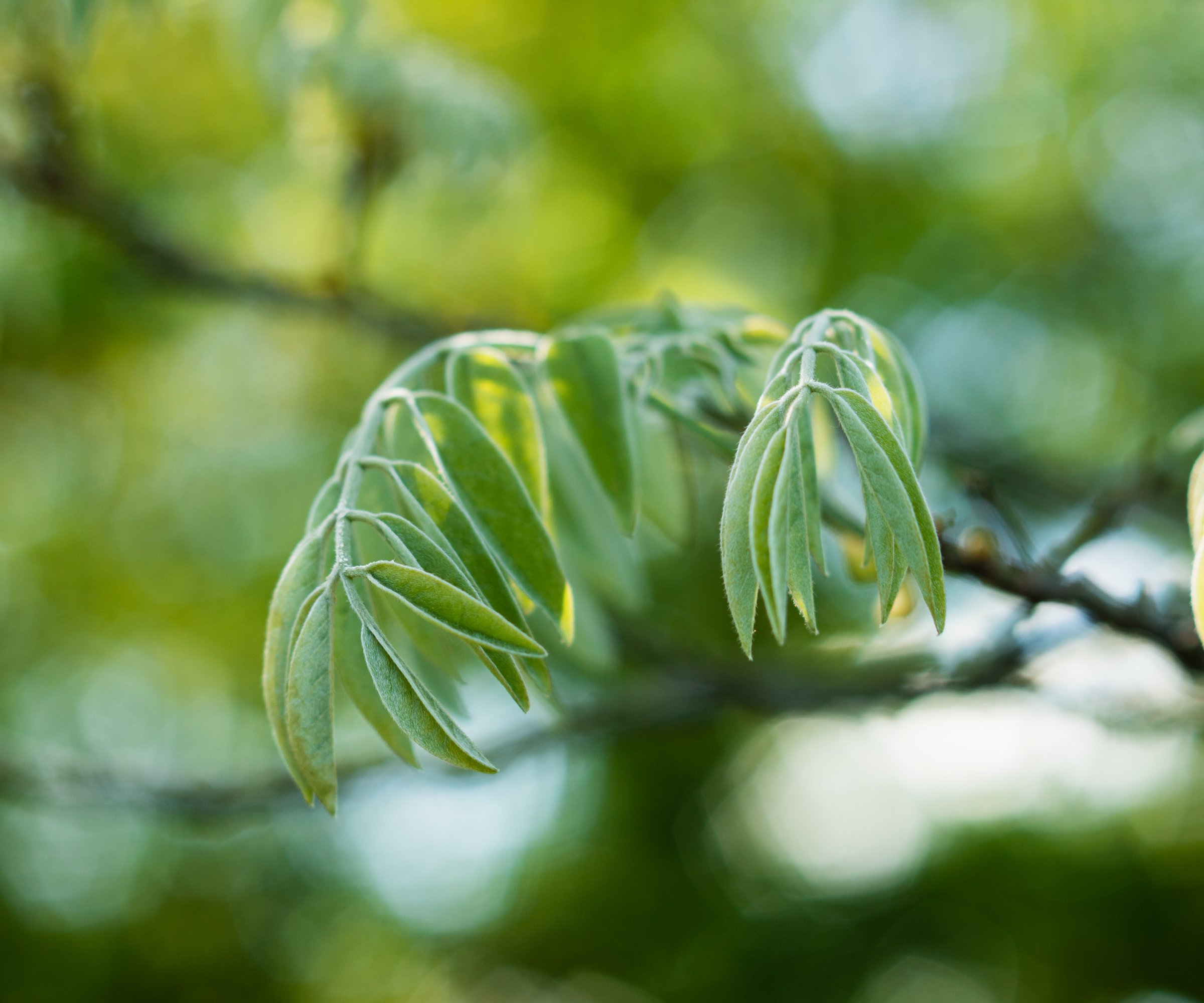
- Botanical name: Maackia amurensis
- USDA zones: 3-7
- Height: to 30 feet (10 m)
Small but showy, this garden-size deciduous tree has dark green leaves, but it really shines when covered with an abundance of white blossoms in summer. This makes amur maakia a special ornamental tree since few other trees are flowering at that time. Tolerant and easy-care, it has few pest or disease issues.
4. Japanese snowball

- Botanical name: Styrax japonicus
- USDA zones: 5-7
- Height: to 20 feet (6.6 m)
In stark contrast to the redwood described above, the Japanese snowball stays small and often spreads farther than its height. The forest green leaves appear first on curving, horizontal branches, and they are followed by dangling white flowers, graceful and plentiful. Mother Nature designed this tree nicely, since the fully developed leaves grow on the upper side of each branch, while the dropping flowers hang below. This ultimate specimen tree grows in full sun or light shade.
5. Weeping mulberry
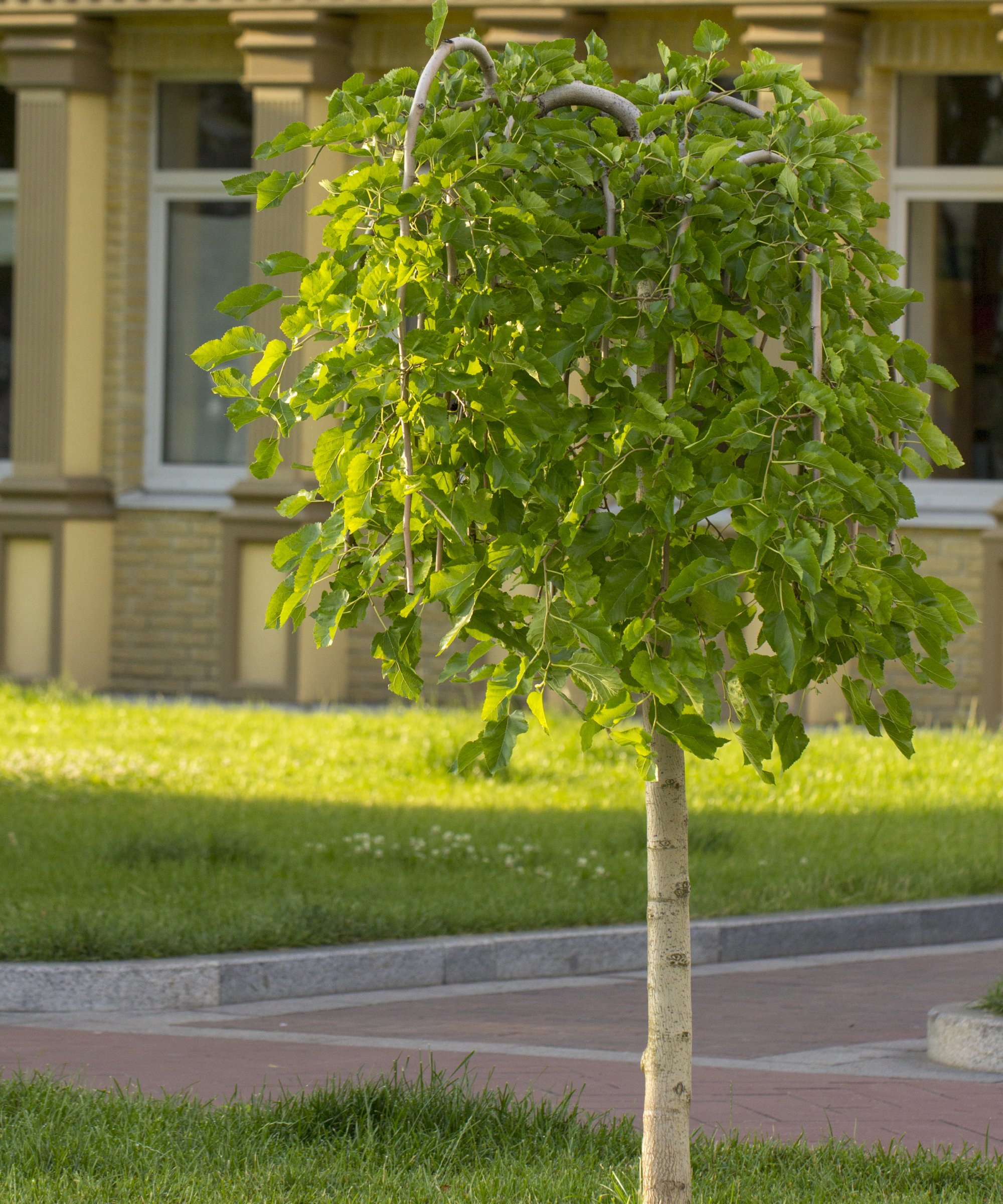
- Botanical name: Morus alba "pendula"
- USDA zones: 4-8
- Height: to 30 feet (10 m)
This is not your grandmother’s white mulberry plant! Mulberries are a dime a dozen but the weeping mulberry isn’t very common. Fast-growing and fruitless, these landscape plants have canopies lush with dark green leaves that cascade down in weeping growth. The trees are vigorous and resilient.
Gardening tips, videos, info and more delivered right to your inbox!
Sign up for the Gardening Know How newsletter today and receive a free copy of our e-book "How to Grow Delicious Tomatoes".
6. Cedar of Lebanon
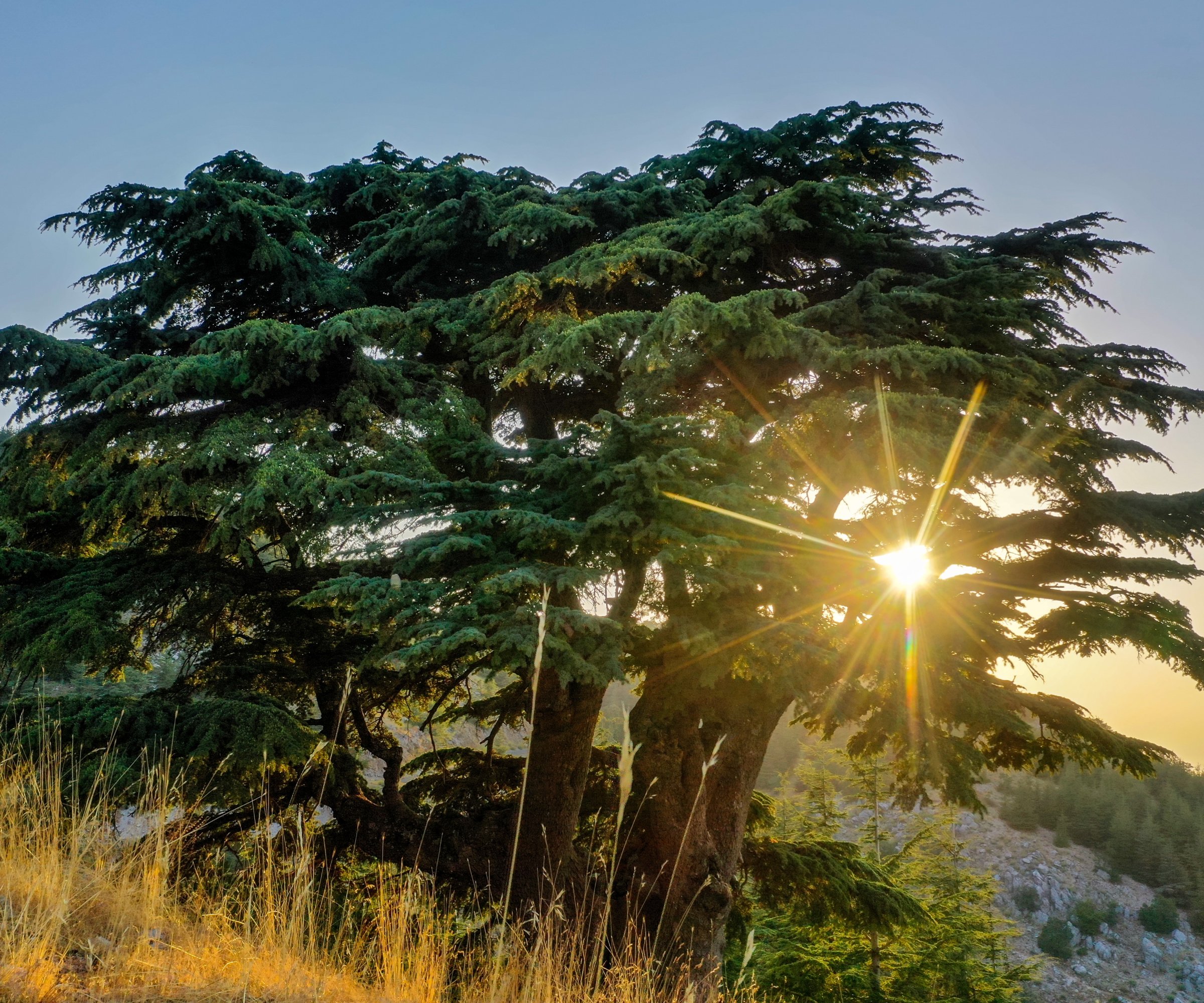
- Botanical name: Cedrus libani var. stenocoma
- USDA zones: 5-7
- Height: to 50 feet (16.6 m)
True cedars warm the cockles of any tree-lover’s heart – and are impressive in a garden setting. The Cedar of Lebanon takes the prize as the most cold-hardy of the true cedars, and the attractive pyramidal form it has during its youth evolves in wide, spreading branches as it matures. Slow-growing and majestic, these cedars are truly decorative trees.
7. Cryptomeria
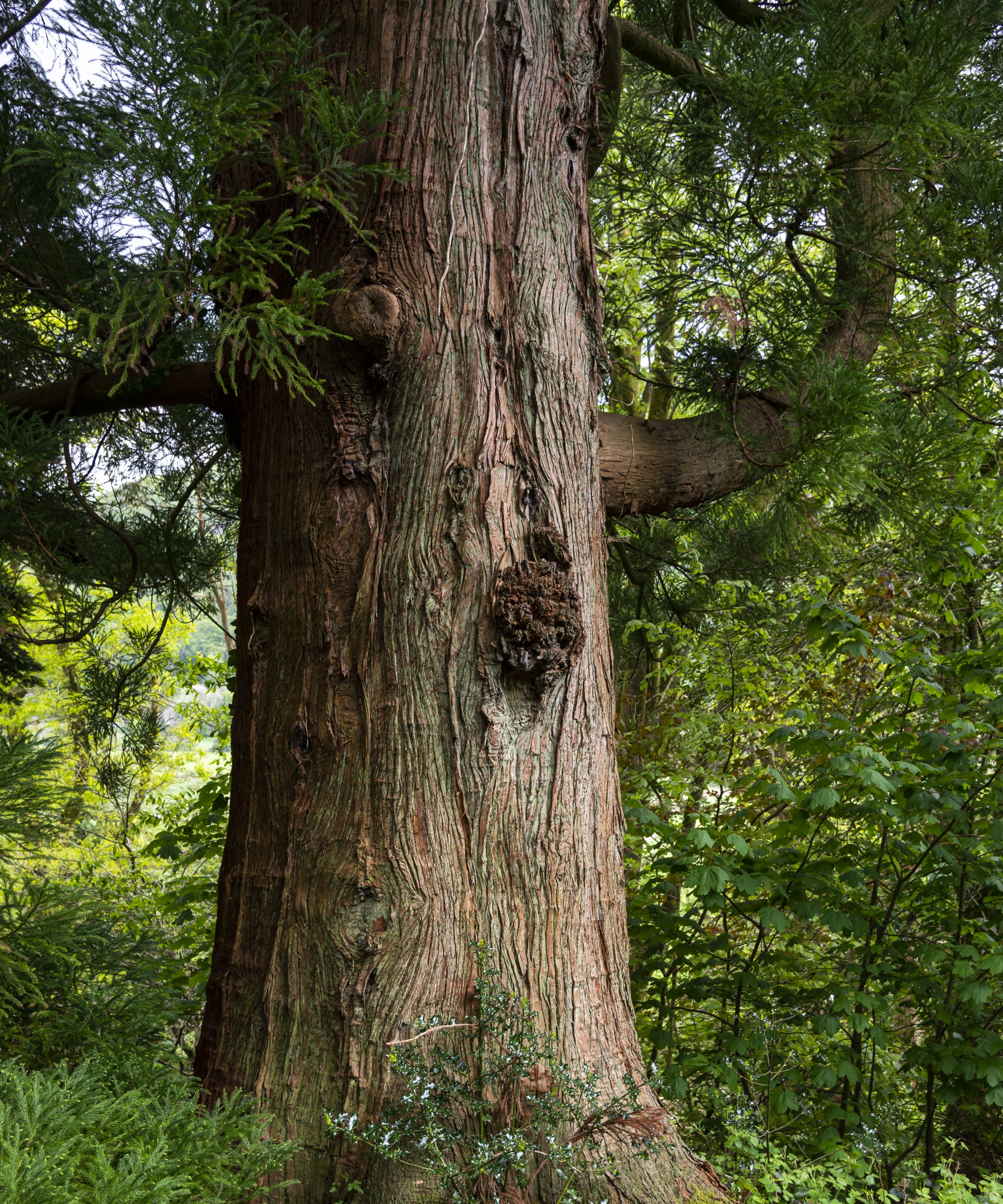
- Botanical name: Cryptomeria japonica
- USDA zones: 6-8
- Height: to 60 feet (20 m)
Also called Japanese cedar. If you are interested in inviting this unusual tree into your landscape, you’ll need to be willing to protect it. If winter is severe in your region, this appealing evergreen with short, bright green needles on drooping branches can suffer from winter damage. The young tree is conical, but its branches spread wide as it matures. Where to plant a cryptomeria? In a protected site that gets full sun, out of the path of winter winds.

Teo Spengler is a master gardener and a docent at the San Francisco Botanical Garden, where she hosts public tours. She has studied horticulture and written about nature, trees, plants, and gardening for more than two decades. Her extended family includes some 30 houseplants and hundreds of outdoor plants, including 250 trees, which are her main passion. Spengler currently splits her life between San Francisco and the French Basque Country, though she was raised in Alaska, giving her experience of gardening in a range of climates.
-
 Looking For Plants To Give You The Soft And Fuzzies? Try These 5 Fuzzy Leaf Plant Options
Looking For Plants To Give You The Soft And Fuzzies? Try These 5 Fuzzy Leaf Plant OptionsLovers of texture, drama, silver foliage and tactile plants will adore these special sensory garden additions. These fuzzy leaf plant options will leave you all aglow
By Susan Albert
-
 Get Ready For A Summer Of Hummers! Grow These Full Sun Hummingbird Plants and Flowers
Get Ready For A Summer Of Hummers! Grow These Full Sun Hummingbird Plants and FlowersIf you’re lucky enough to enjoy a sunny backyard, make sure you are maxing out on your pollinator opportunities and grow these full sun hummingbird plants and flowers
By Tonya Barnett